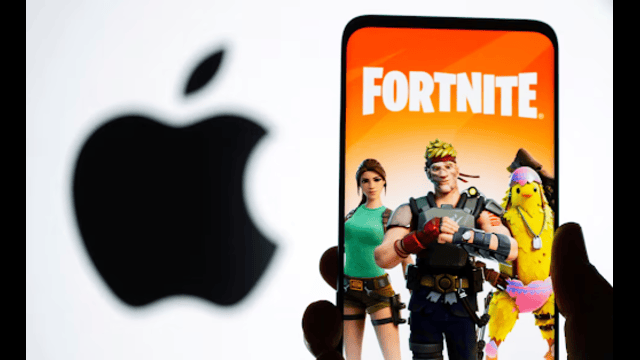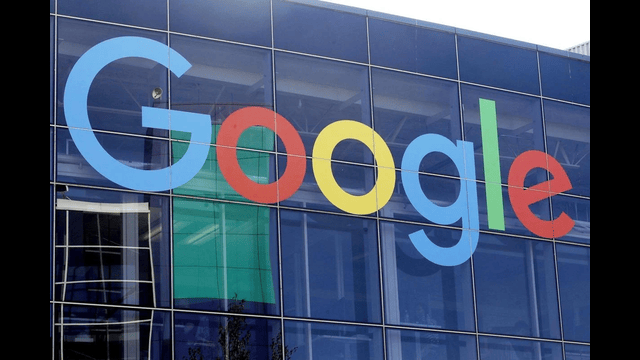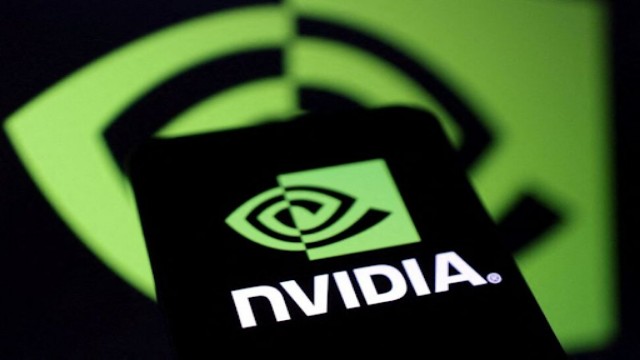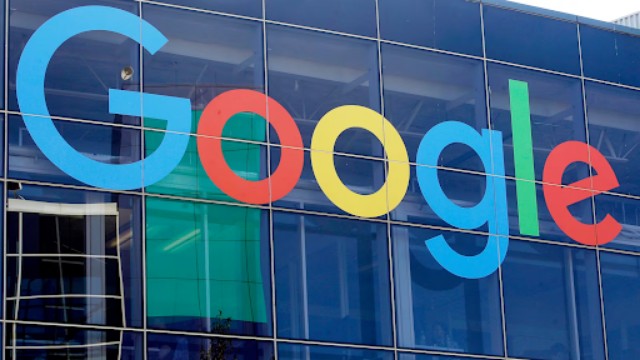
Adobe introduces new AI video tools to rival OpenAI and Meta. Reuters
Adobe has made a significant move in the world of artificial intelligence by beginning to roll out a new model that can create videos from text descriptions. This development, known as the Firefly Video Model, aims to revolutionize film and television production by leveraging generative AI technology. As the competition heats up, Adobe finds itself in a landscape filled with major players like OpenAI, which recently introduced its own video-generating tool called Sora. Other tech giants, such as ByteDance, the parent company of TikTok, and Meta Platforms, have also launched their video tools in recent months, signaling a shift in how content can be created and consumed.
Adobe is positioning itself as a strong contender in this space by ensuring that its AI models are trained on data that it has the legal right to use. This approach allows Adobe to create outputs that can be safely used in commercial projects without the risk of copyright issues. Based in San Jose, California, Adobe plans to gradually roll out this innovative tool to those who have signed up for a waiting list, although it has not yet provided a specific date for a broader public release.
While Adobe has not yet disclosed any clients using its video generation tools, it has highlighted partnerships that showcase the potential of its technology. For example, Gatorade, a brand owned by PepsiCo, is set to utilize Adobe’s image generation model for a custom bottle-ordering website. Meanwhile, Mattel is already using Adobe’s tools to assist in designing packaging for its popular Barbie dolls, demonstrating how the company’s technology is being integrated into well-known brands.
Adobe’s focus for its video tools is to make them accessible and practical for everyday video creators and editors. Ely Greenfield, Adobe's Chief Technology Officer for digital media, emphasized the importance of blending AI-generated footage with traditional footage. He explained that Adobe aims to provide video editors with precise control over various aspects of video production. This includes teaching the AI model to understand essential concepts such as camera position, angle, and motion, which are crucial for creating seamless and engaging content.
The introduction of Adobe's Firefly Video Model marks an exciting development for creators looking for new ways to enhance their video projects. By offering tools that cater to the needs of both amateurs and professionals, Adobe is encouraging more people to explore the potential of AI in video production. As the demand for innovative and engaging video content continues to rise, Adobe’s initiative to incorporate AI could reshape how videos are made, allowing for greater creativity and efficiency.
With this launch, Adobe is not just competing against well-established rivals but also helping to redefine the landscape of digital content creation. The response from the creative community will be key in determining how effectively this technology can be integrated into existing workflows and whether it will inspire new forms of storytelling in the digital age.















